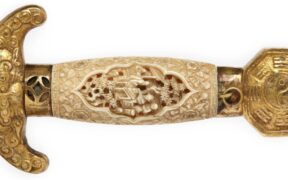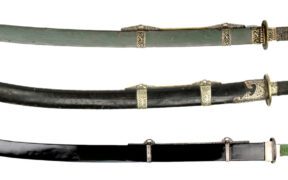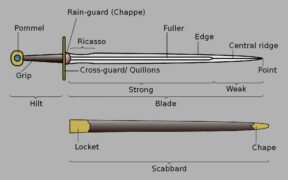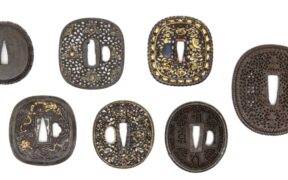Sword Blade: Parts, Characteristics, and Function
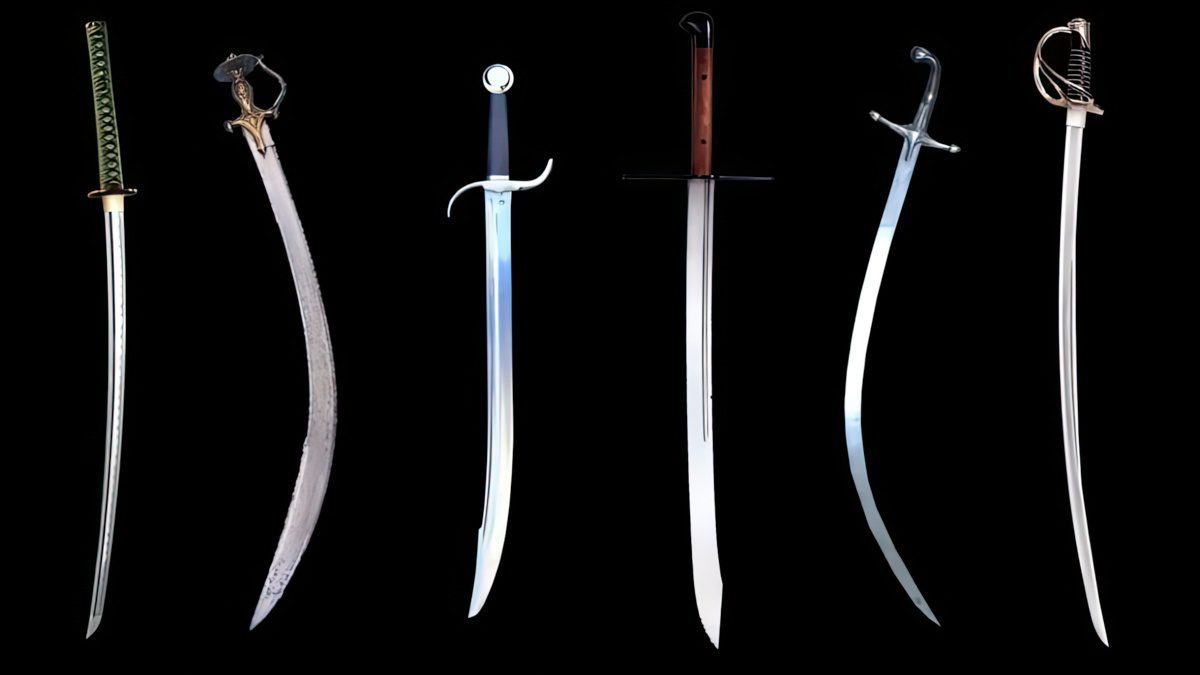
A sword blade is the thrusting or cutting part of the sword, excluding the hilt. Throughout history, sword blades evolved to meet the demands of the style of warfare. Some were more efficient in cutting while others were for thrusting. Some are considered among the finest ever made due to their construction and artistic qualities, making them both functional weapons and works of art.
Let’s explore the characteristics of sword blades, their different parts, and how they affect the weapon’s functionality.
Parts of a Sword Blade
Sword blades have different features that enhance the weapon’s handling and functionality, though they may vary from sword to sword.
Cutting Edge
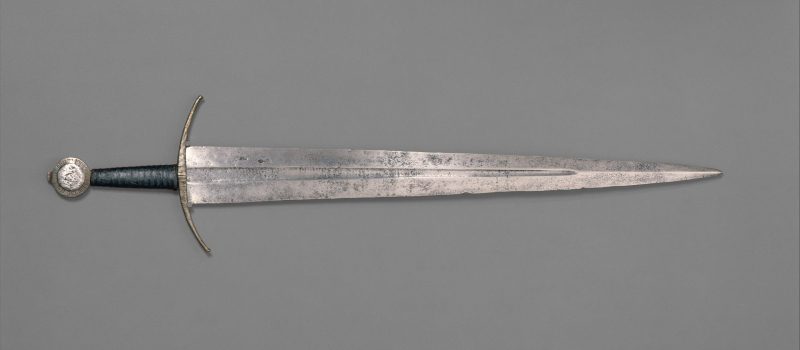
The edge is the sharpened cutting portion of a sword blade. Some swords such as the Roman gladius sword, Viking sword, hand-and-a-half swords, longswords, and broadswords have double-edged blades. Others, such as sabers, have single-edged blades, with the most popular types being the Japanese samurai swords and European military sabres.
Flat
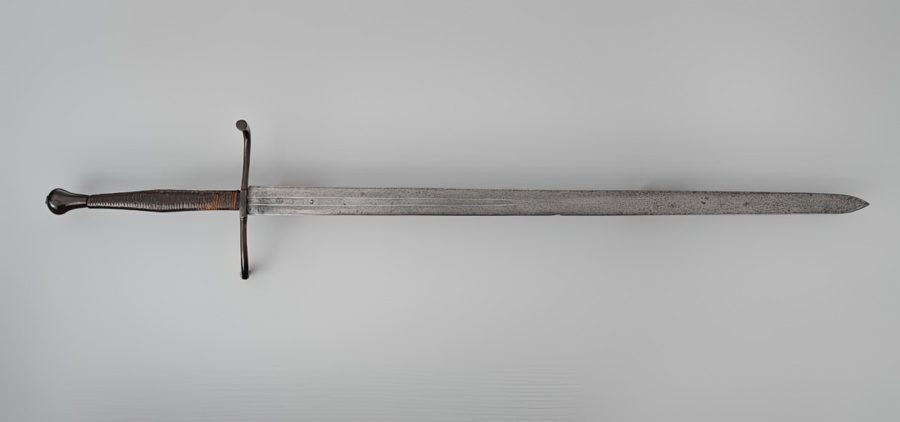
The flat refers to the sides of the blade. In some medieval swords, the flat was used for receiving blows or defending against an attack. Some cutting swords also defended against a cutting attack to the wrist by receiving it on the flat side of the ricasso.
Back

In single-edged swords, the back is the part of the blade opposite the edge. Therefore, double-edged swords have no back. In cutting swords, certain cutting attacks can be received on the back of the blade.
Point or Tip
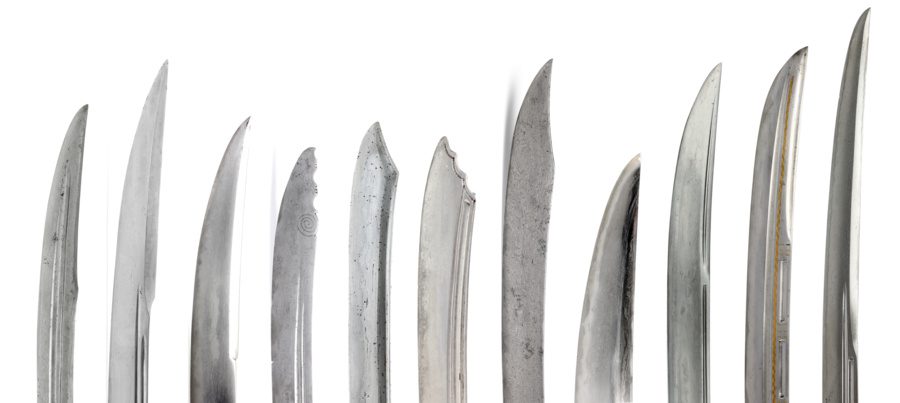
The point or tip is the end of a sword blade at the opposite end of the hilt. It is the thrusting part of the sword. It comes in various shapes, from rounded tips to more acute ones. Some are double-edged, while others are plainly single-edged or have back bevels.
False Edge or Back Edge
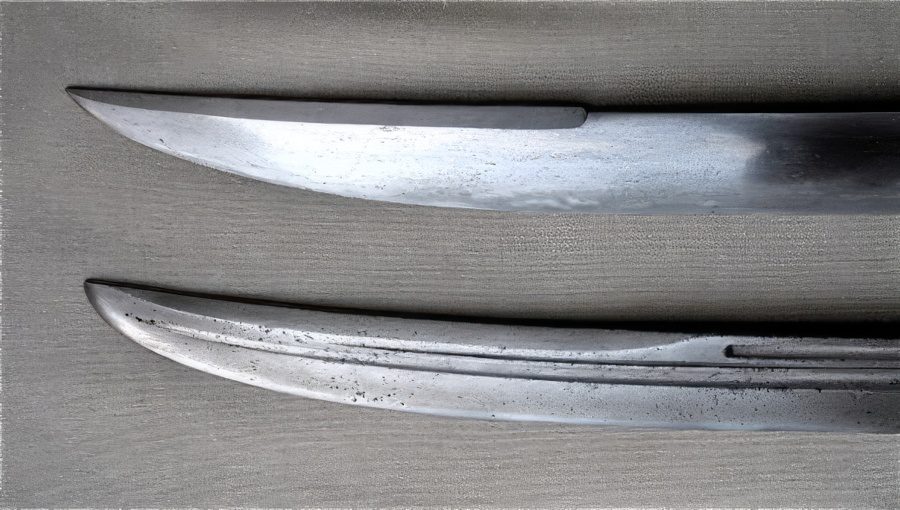
The false edge, also called the back edge, is the thinned or sharpened portion of the back near the tip. It aided in the thrusting and cutting abilities of a blade. It may vary from fairly sharp to blunt, but not usually as razor-sharp as the cutting edge itself. Sometimes, it makes the tip a bit sharper on the thrust and adjusts the blade’s balance without the structural problems of having a fuller to thin portion near the tip.
Ricasso
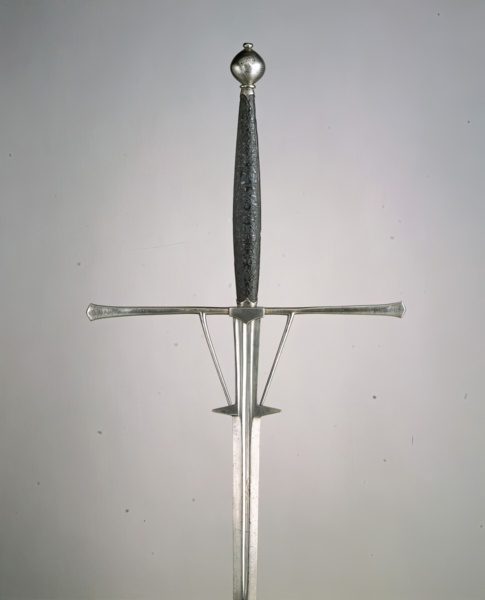
The ricasso is the unsharpened part of the sword blade just above the handguard. The swordsman can place a finger over the guard for better point control or even grip the blade with an entire hand for leverage. It is commonly seen on European two-handed swords, longswords, and rapiers.
Fuller or Grooves

The fullers or grooves run lengthwise on sword blades, designed to lighten it without compromising its structural integrity. They are often erroneously called blood grooves, but their purpose is to improve the sword’s handling characteristics. They also add complexity to the blade’s appearance, and various swords feature combinations of fullers, bevels, and dimples.
Tang
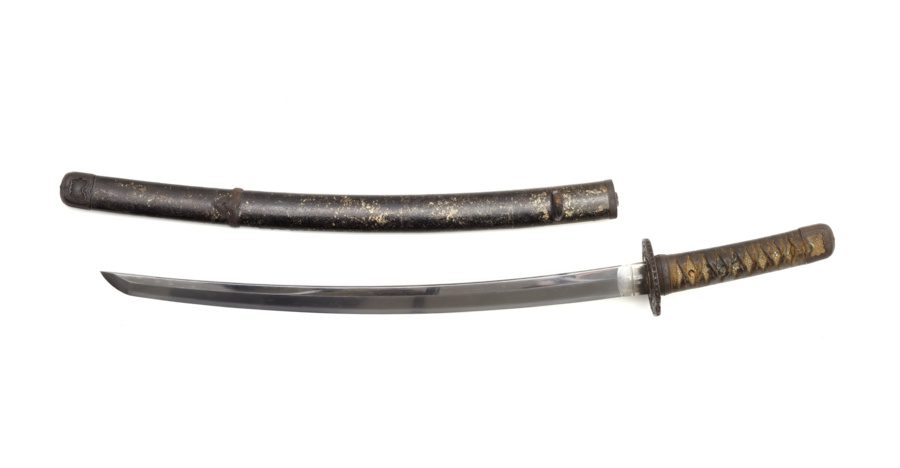
The tang is the stem of the sword blade covered by the hilt. A full tang has the same width as the rest of the blade, which is more common on blade knives. Generally, a tang’s width and length vary from sword to sword. In Japanese katana swords and wakizashi, the tang is sometimes signed by its maker.
Characteristics of Sword Blades
Ideally, a sword blade has to be hard enough to keep its edge but flexible enough to withstand heavy blows. Different types of swords also vary in their blade shape, cross-section, and size, which may alter their performance as a weapon.
Here are the general characteristics of sword blades:
Blade Manufacture
The art of sword making is ancient and various methods were used to manufacture functional and well-made blades. In modern times, sword blades can be made by forging and stock removal methods. However, the quality of a sword blade is determined by its heat treatment. Even if it is forged or not or made from the best steel, it will fail if improperly heat treated.
Heat Treatment
The steel blade attains its hardness through heat treatment. Some swords, such as the Japanese katana, utilize differential heat treatment. A clay-tempered blade generally has a harder cutting edge and a softer spine for shock absorption.
Swordsmiths use various types of steel, from high carbon steel to pattern-welded steel, commonly sold today as damascus steel. However, stainless steel cannot be hardened and is too brittle for a sword.
Blade Geometry
Different types of swords vary in their blade shape, cross-section, and size, all of which affect the performance of the weapon.
Blade Shape
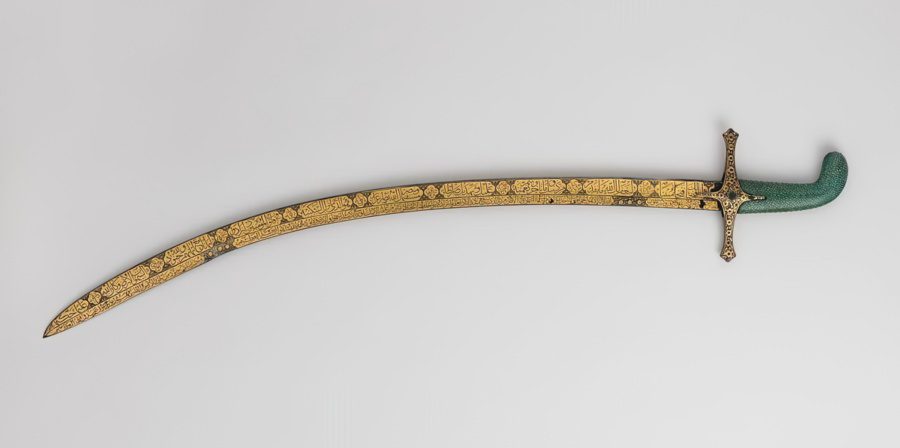
The shape of the blade determined whether it would be better at cutting or thrusting. Curved blades were ideal for cutting and suited for cavalry-style warfare. On the other hand, sharply tapered blades would be better for thrusting. Some swords also had flame-shaped blades, though their shape made little difference to their cutting power.
Cross-Section
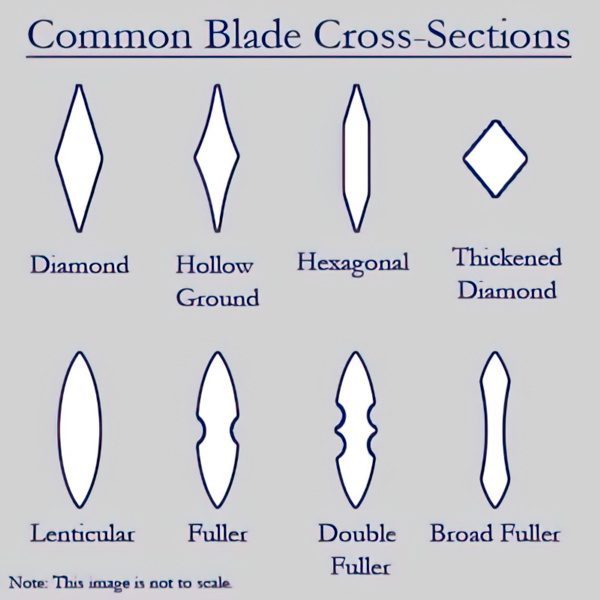
Several types of cross-sections make a sword blade more efficient for cutting or thrusting. Early Viking and medieval European swords were primarily used for cutting, so they tended to have a lenticular cross-section. They had a wide shallow fuller resulting in a lightweight, flexible blade.
On the other hand, thrusting blades must be rigid, or they would bend rather than penetrate. A diamond cross section was favored due to its strong central ridge at the middle of the blade. It was more rigid than the earlier design and was more efficient in thrusting.
Size and Length
Sword blades widely vary in length, from long to short varieties. Generally, long swords have blade lengths over 60 centimeters while short swords range between 30 to 60 centimeters. Blades of less than 30 centimeters such as the Japanese tanto are considered daggers, while those such as the machete-like Nepalese kukri are known as knives.
Weight and Balance
Ideally, swords must be lightweight enough for combat while having enough weight to do damage. Broader sword blades do not necessarily mean being heavier than slender ones. Sometimes, the pommel also serves as a counterbalance to the sword blade.
The balance of a sword is dictated by its purpose. A balance closer to the hilt makes it easier to change direction when using the sword, such as seen in rapiers and smallswords. On the other hand, forward-balanced blades such as in many Asian cavalry sabers will pack more punch for cutting.
Blade Appearance
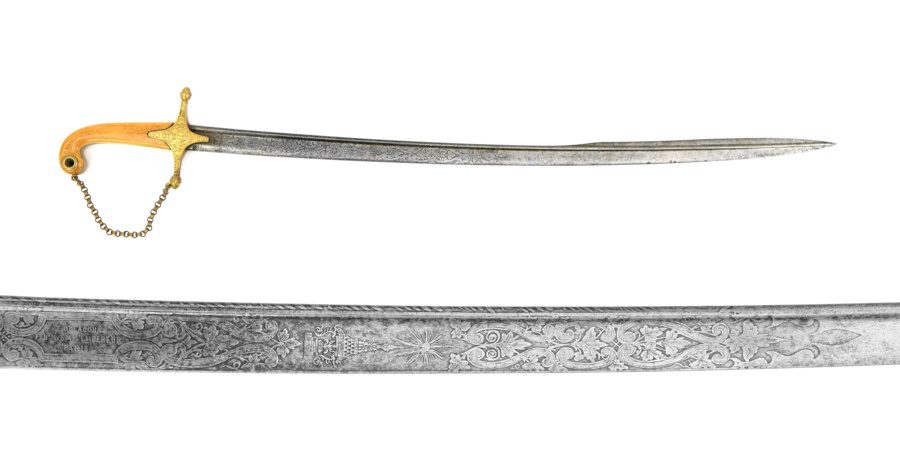
Various swords have their distinguishing features on the blade, such as the hamon of Japanese swords and the shikārgar of some talwar swords with chiseled hunting scenes on the blade. Some sword blades were also etched and carved for decoration purposes, making them works of art.
Conclusion
Throughout history, the design of sword blades evolved based on their required characteristics such as for slashing or cutting. For example, while a cutting sword placed more emphasis on the cutting edge, a thrusting sword had a very sharp point for penetration. When swords evolved into status symbols, it also became common for sword blades to feature decorative etching and carvings.
